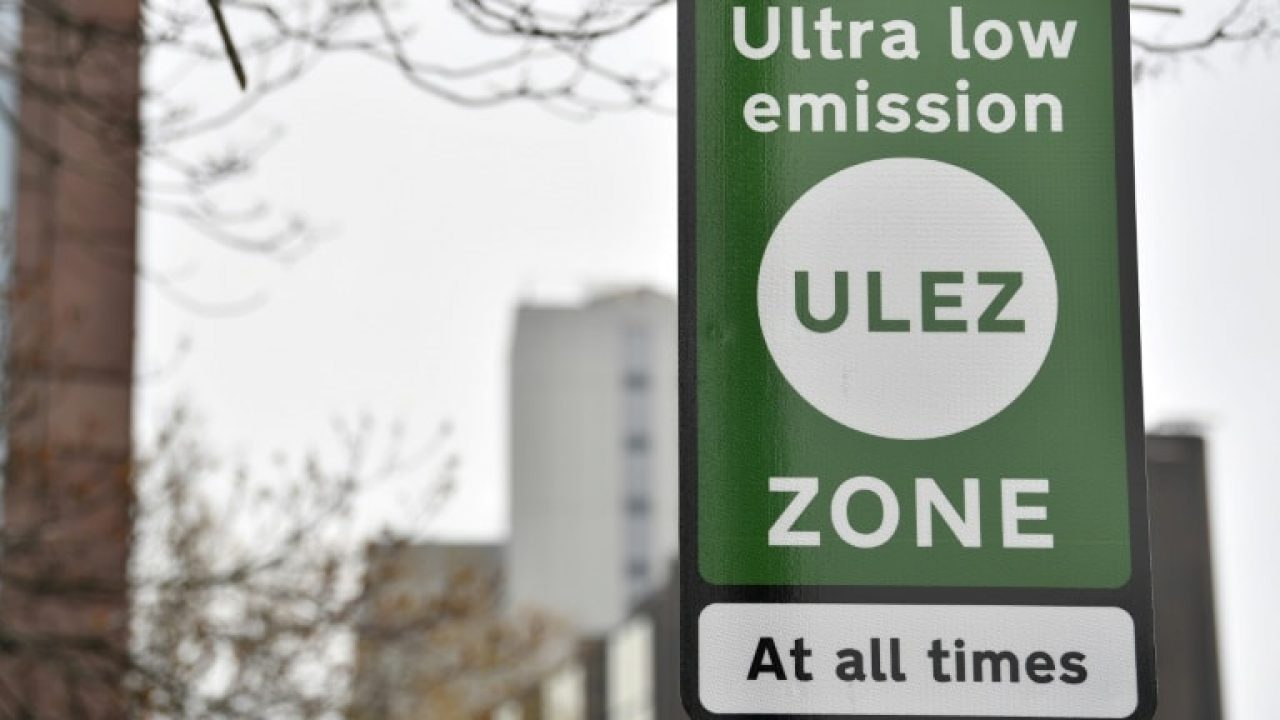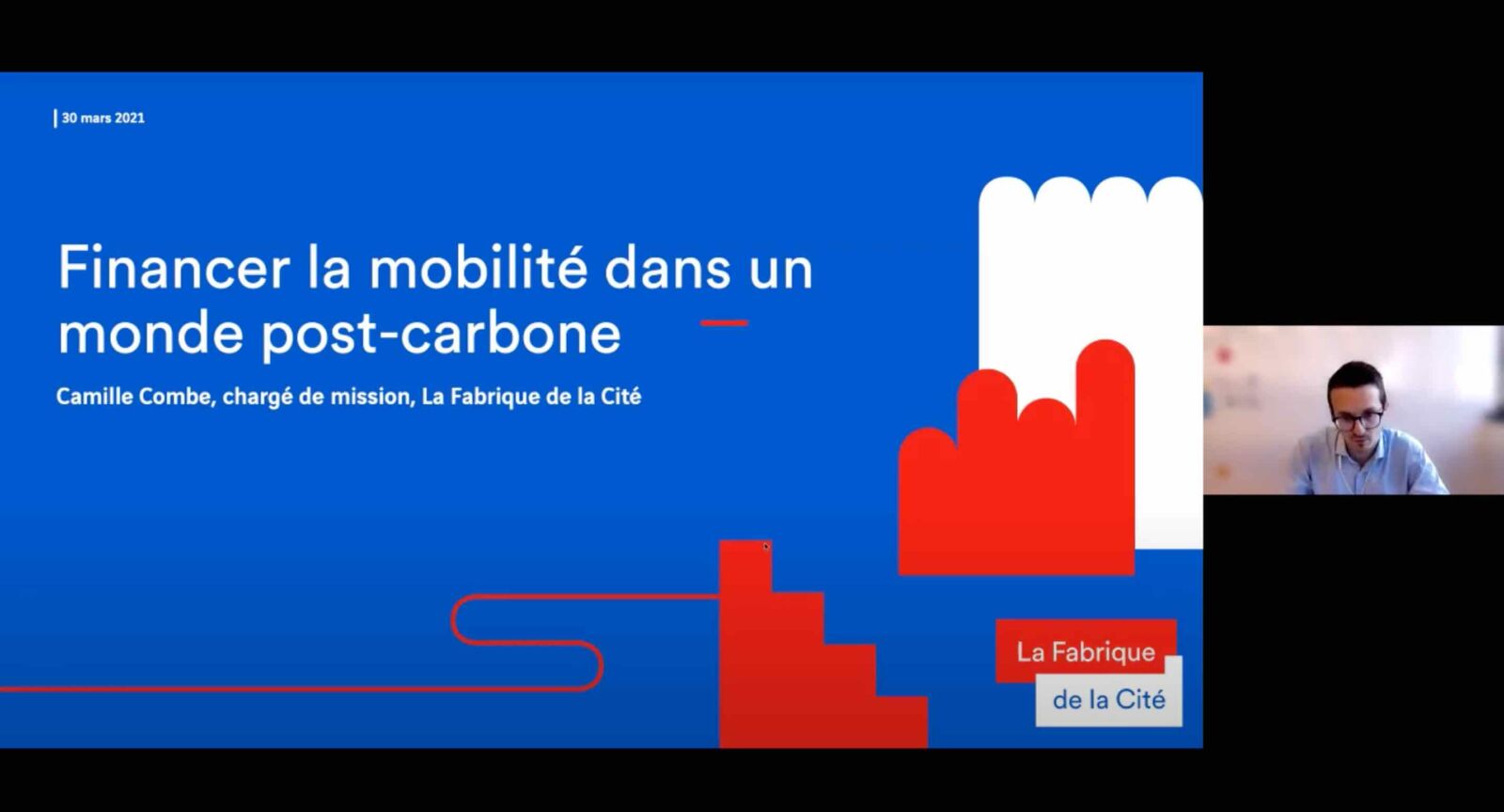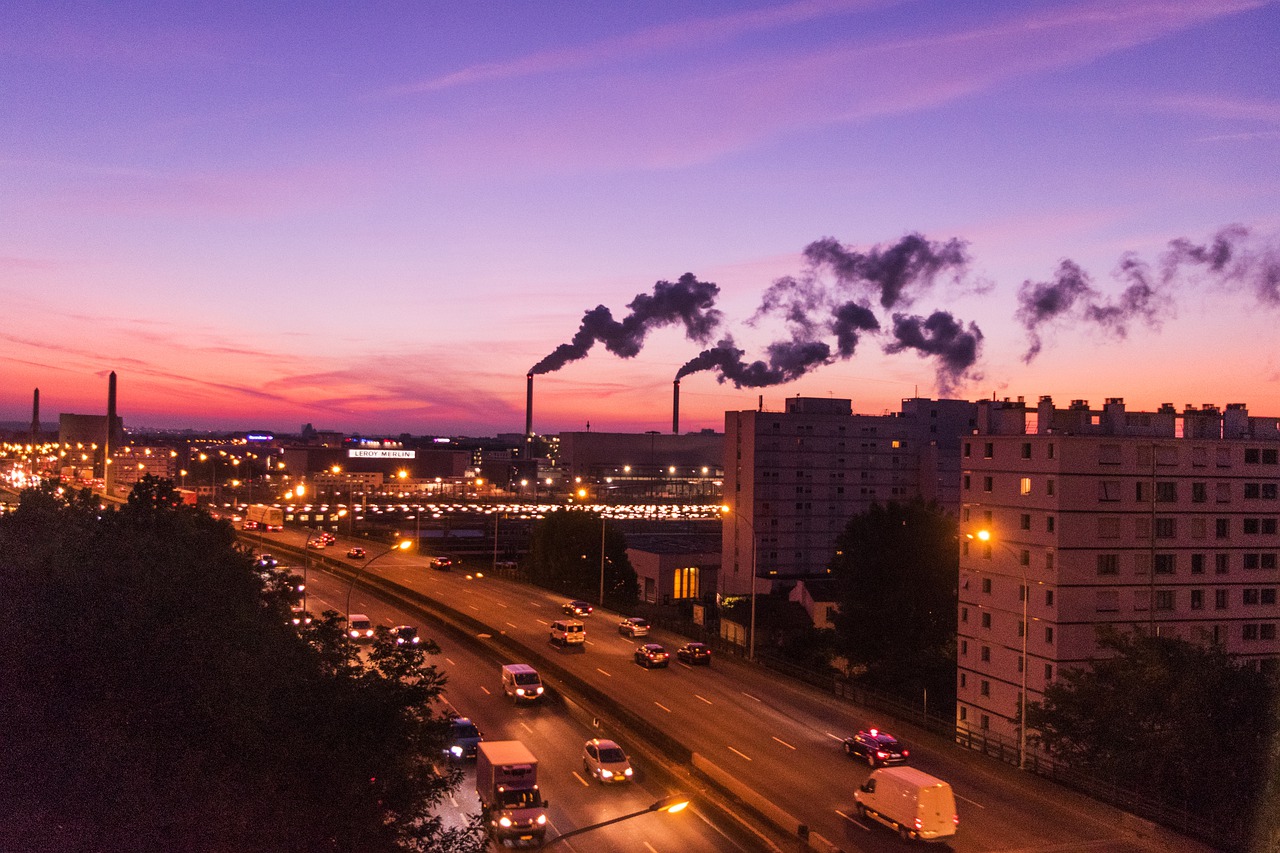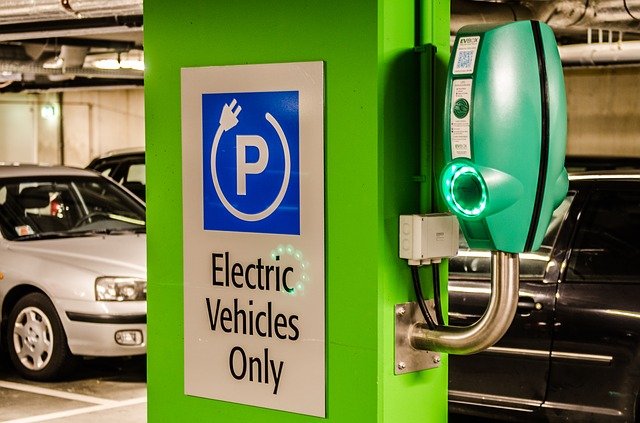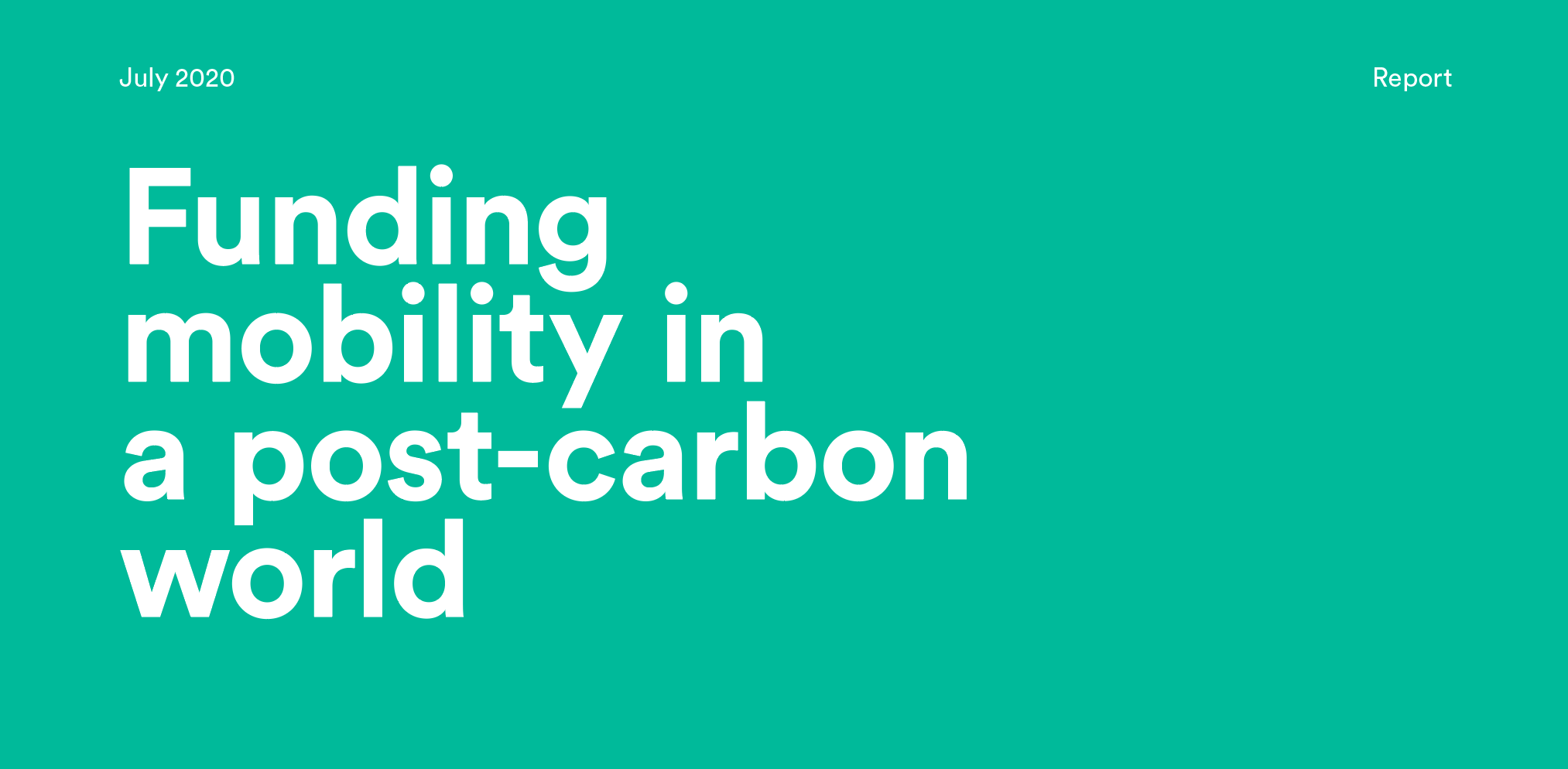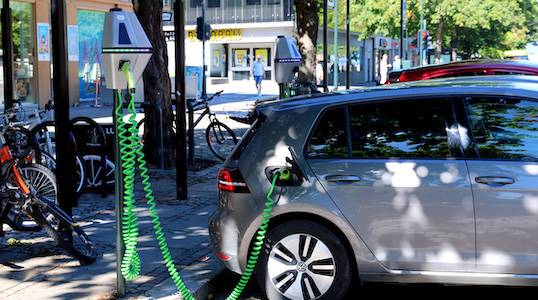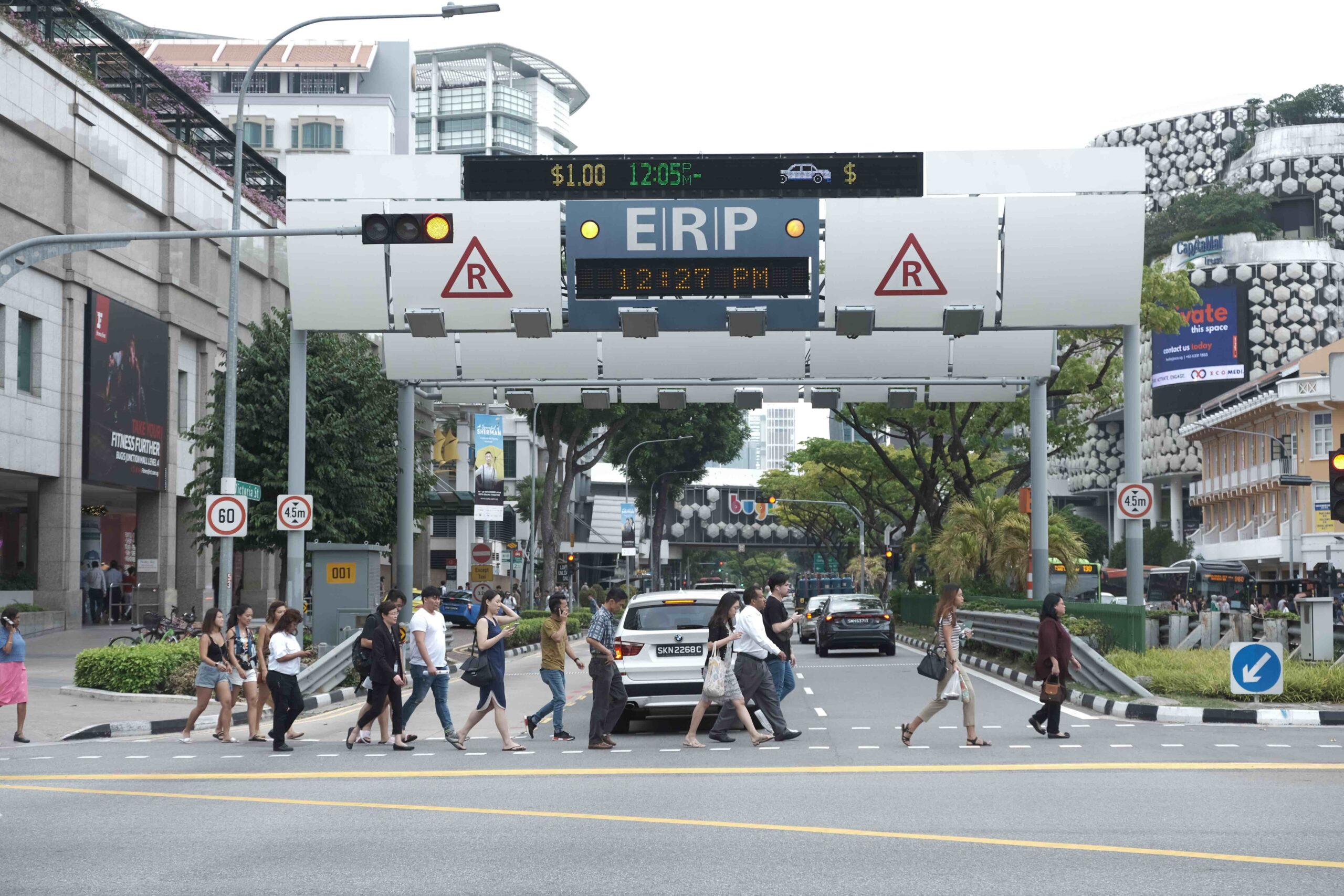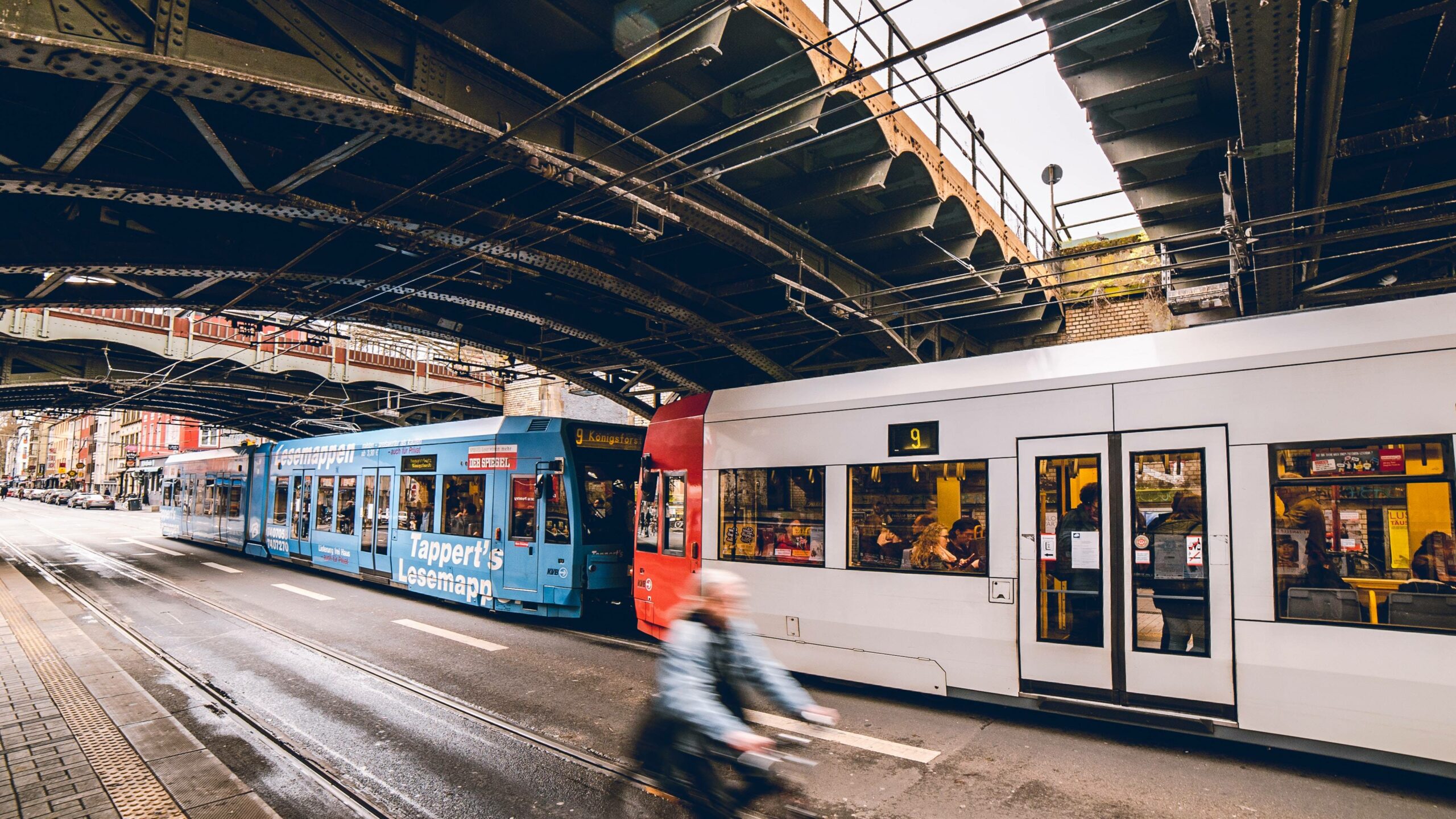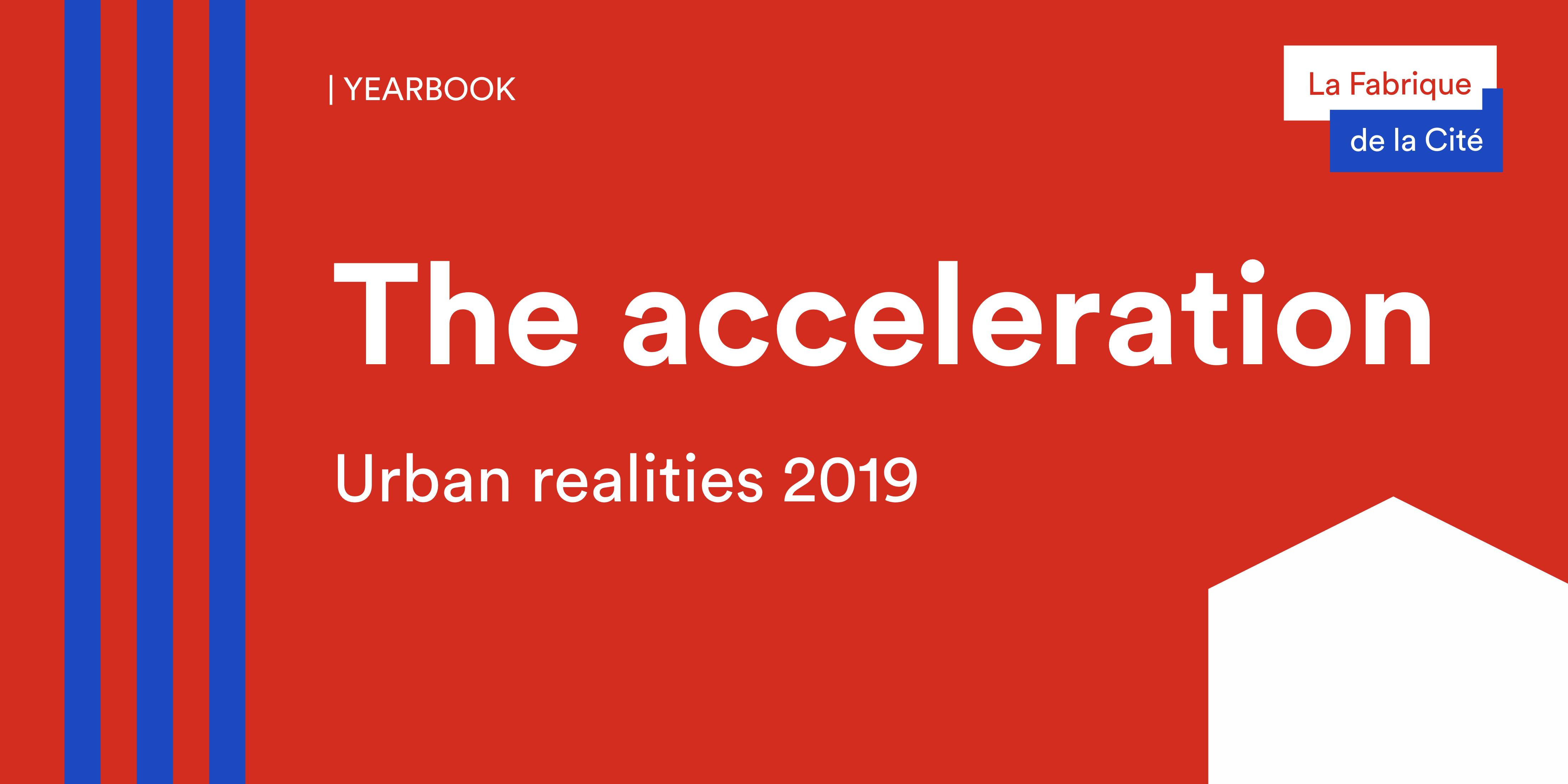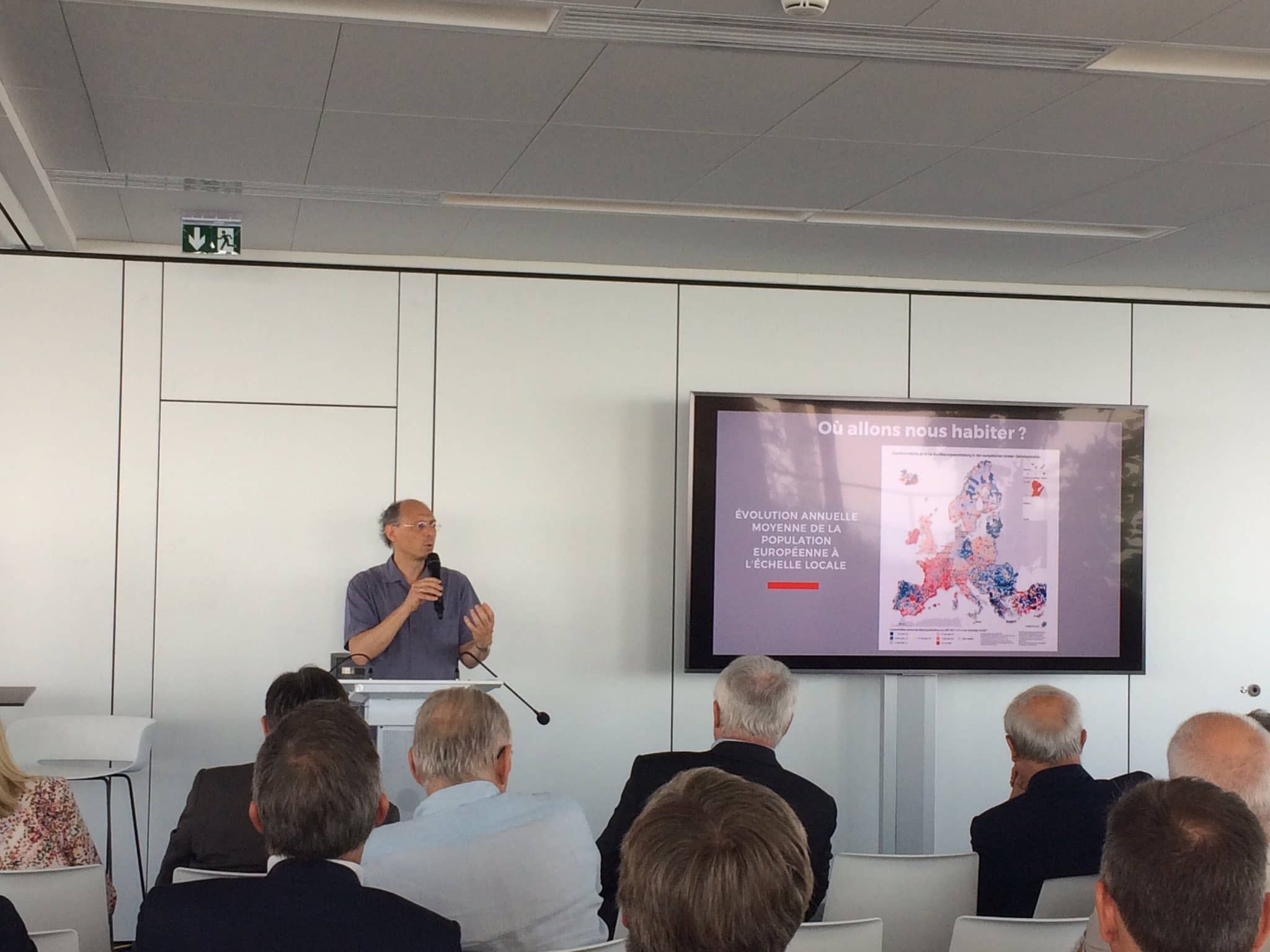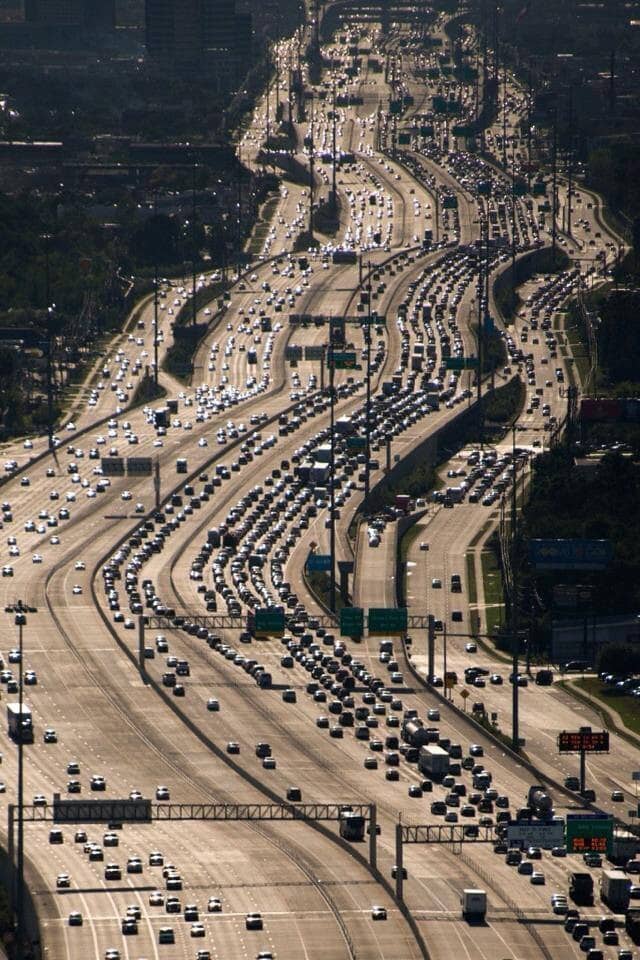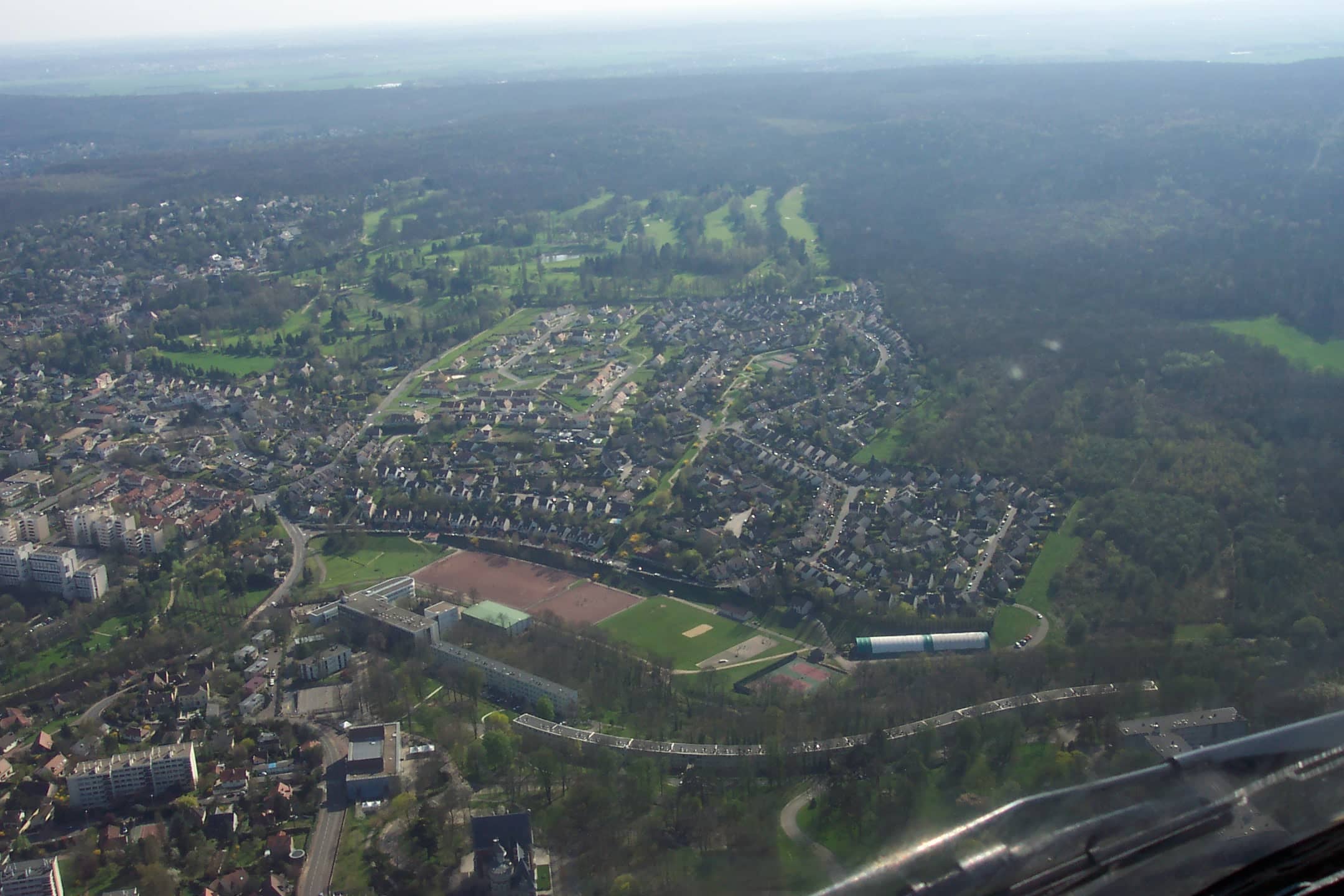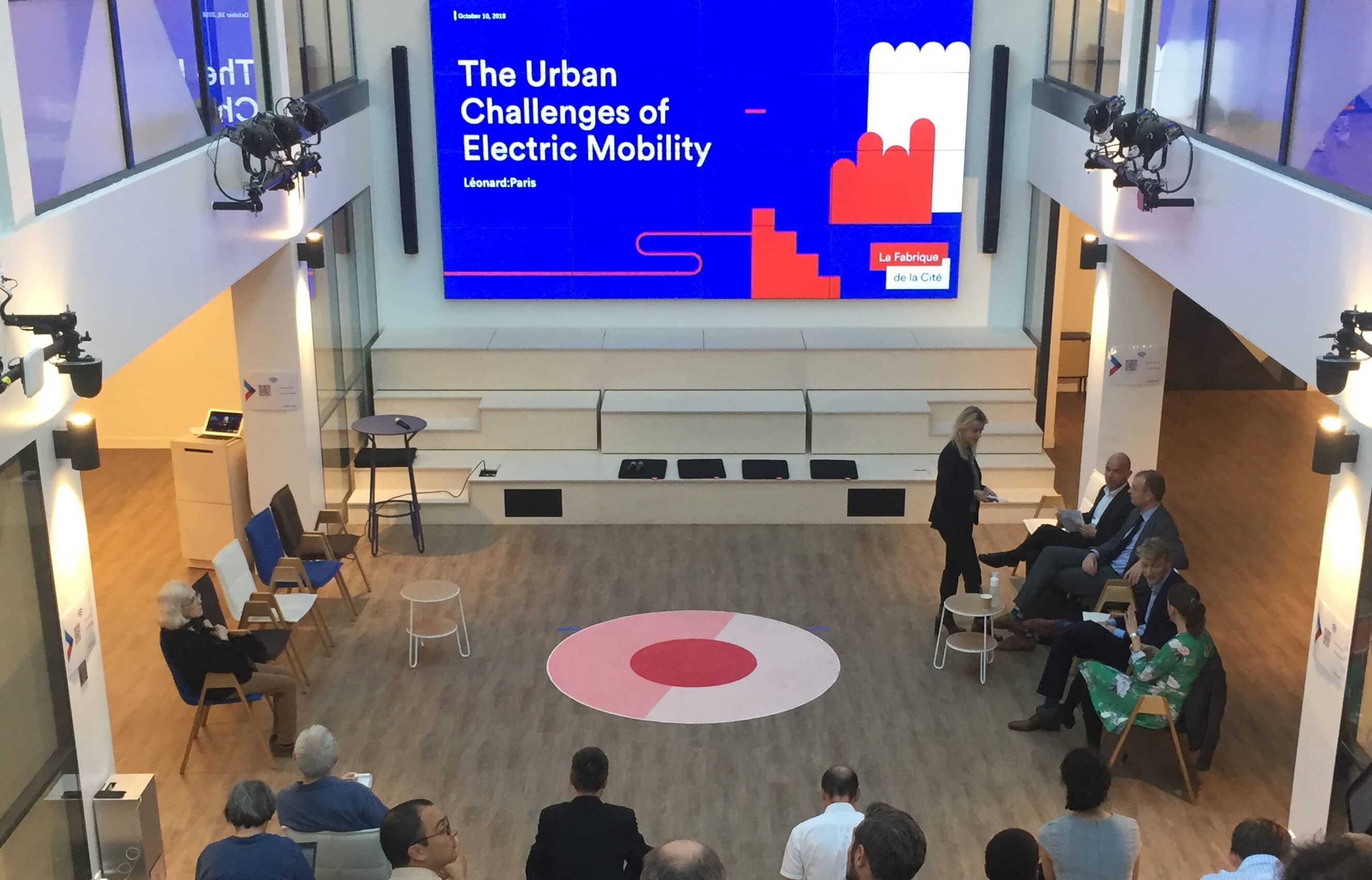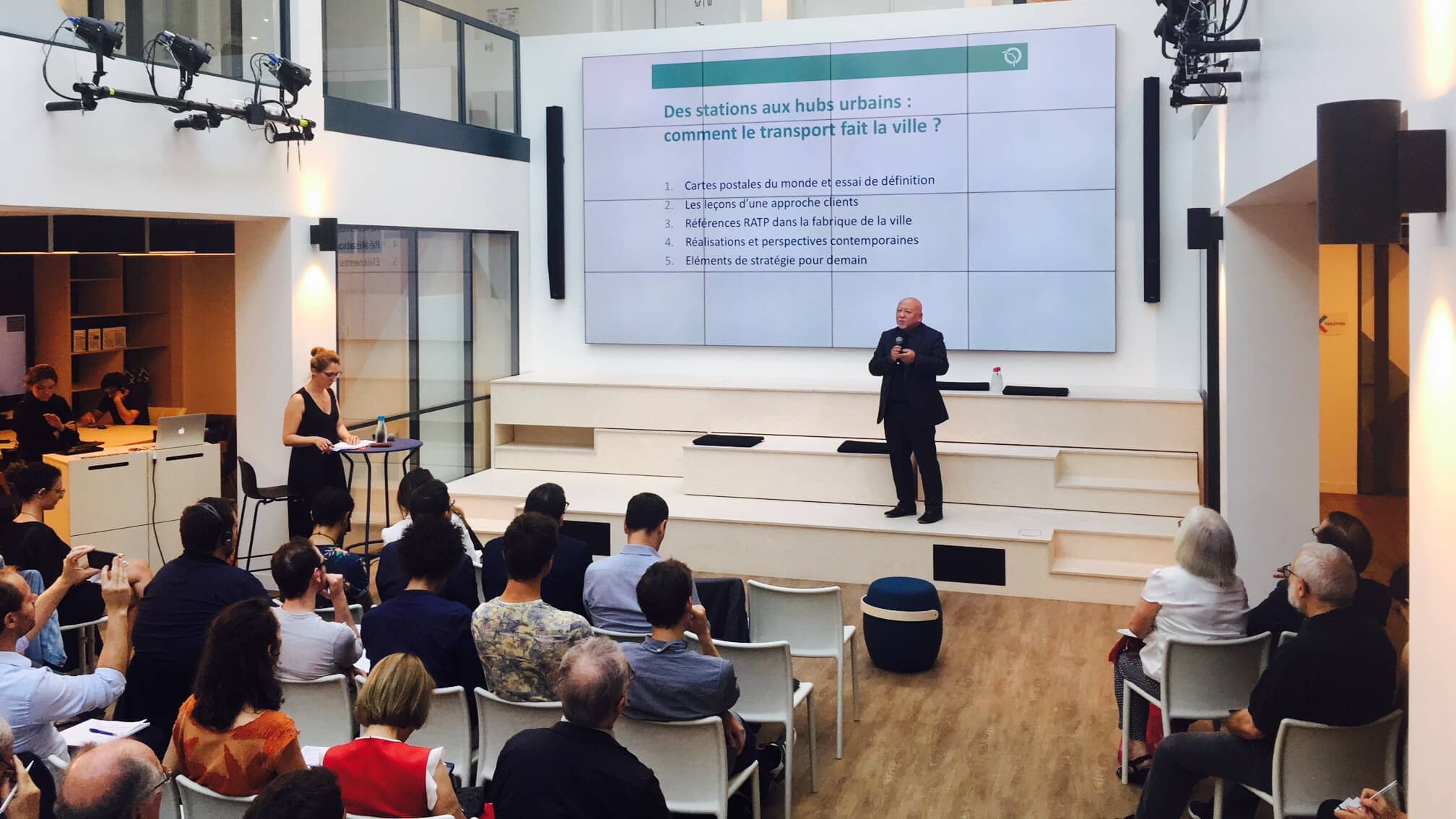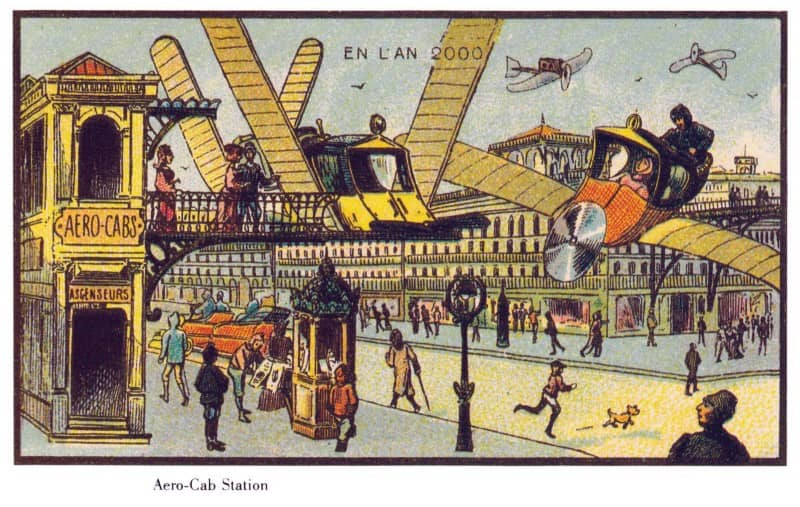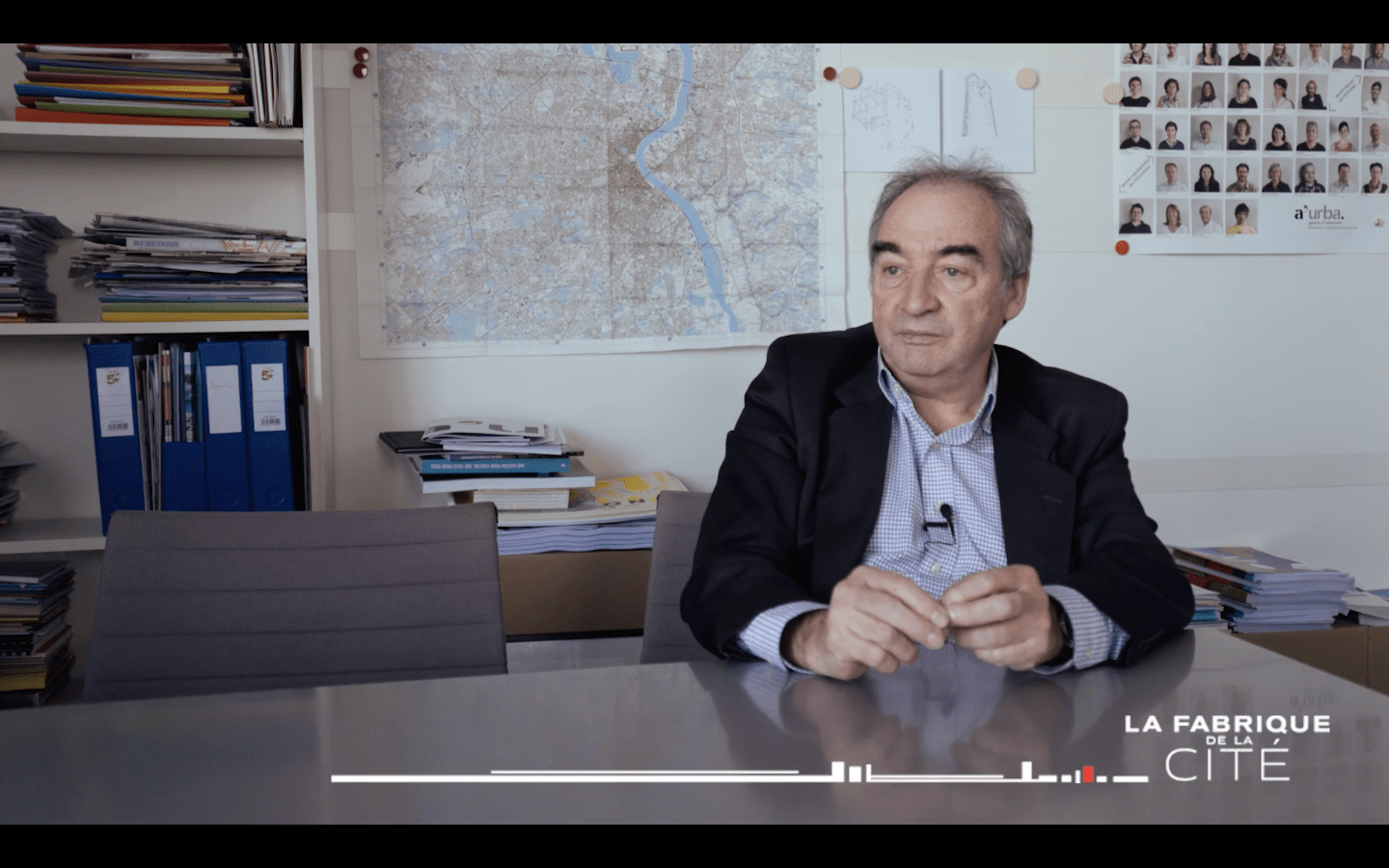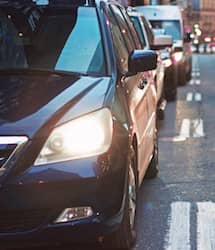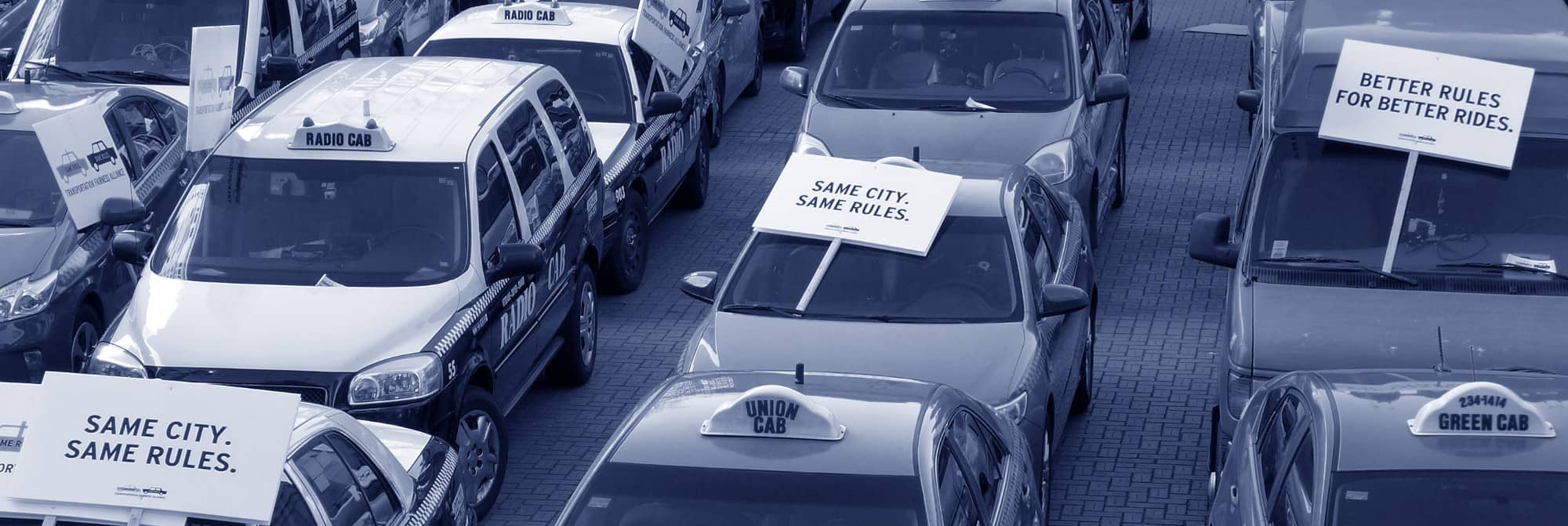

Putting innovation back on the road to progress
Jumping just ten years back in time is enough to realize that urban mobility has evolved considerably. Over the last decade, we have witnessed the arrival of new tech players, who, with the help of large fleets of vehicles, have carved out a place for themselves in a sector that, historically, had largely remained the same. In metropolitan areas, scooters, e-bikes, public transportation, cars and carpooling now form the different means of transport citizens can use to move. However, while modes are changing, the challenges remain and are more acute than ever.
When it comes to the mobility of the future, one thing is for sure: the main imperative is no longer velocity but the sustainability of transport, and in particular the reduction of mobility’s carbon footprint on a global scale. The stakes are high and there is much room for progress. The transportation sector now accounts for nearly a quarter of global GHG emissions (24,5%, according to the International Energy Agency). In Europe, a sectorial analysis of CO2 emissions shows that transport is the only sector to have seen its emissions level increase between 1990 and 2014.
Will these innovations provide an effective response to the challenge of reducing mobility’s GHG emissions? A recent study conducted by the International Transport Forum and based on a life-cycle analysis examined the performance of new means of transport in terms of CO2 emissions. The verdict: new services of transport coming from the tech revolution of mobility are struggling to outperform public transport. On the other side of the spectrum, ride-hailing services and taxis are the most emissive modes. And while recent promises to electrify all or part of TNC fleets in some major cities are a step in the right direction in an attempt to reduce their carbon footprint, these efforts will not bring these services’ emissions down to the level of public transport… or even to the level of an internal combustion engine car (ICE). Therefore, one of the main levers for reducing these modes’ GHG emissions (excluding micro-mobility) lies in a simple, yet complicated, solution: increasing the number of passengers transported.
Putting these innovations back on the road of progress to decarbonize mobility will require more than the expected electrification of vehicle fleets. The high-tech approach, which is necessary since it brings new solutions and optimizations, must be complemented by a new approach. As the ITF shows in its recent Transport Climate Action Directory, the decarbonization of mobility requires a much more complex strategy. Let’s be sure of one thing: technique and technology cannot be the only answer to mobility issues. Answering these challenges will require a more systemic approach and actions on both soft (training, education) and hard (services, infrastructures, etc.) sides, using both high-tech tools (data, algorithms, platform, etc.) and low-tech tools (facilities, etc.).
No time to read? La Fabrique de la Cité has got you covered. Check our newsletter #47.
To be informed of our upcoming publications, please subscribe to our newsletter and follow our Twitter and LinkedIn accounts.
Find this publication in the project:
These other publications may also be of interest to you:

Sending out an SOS

Behind the words: telecommuting

Behind the words: urban congestion
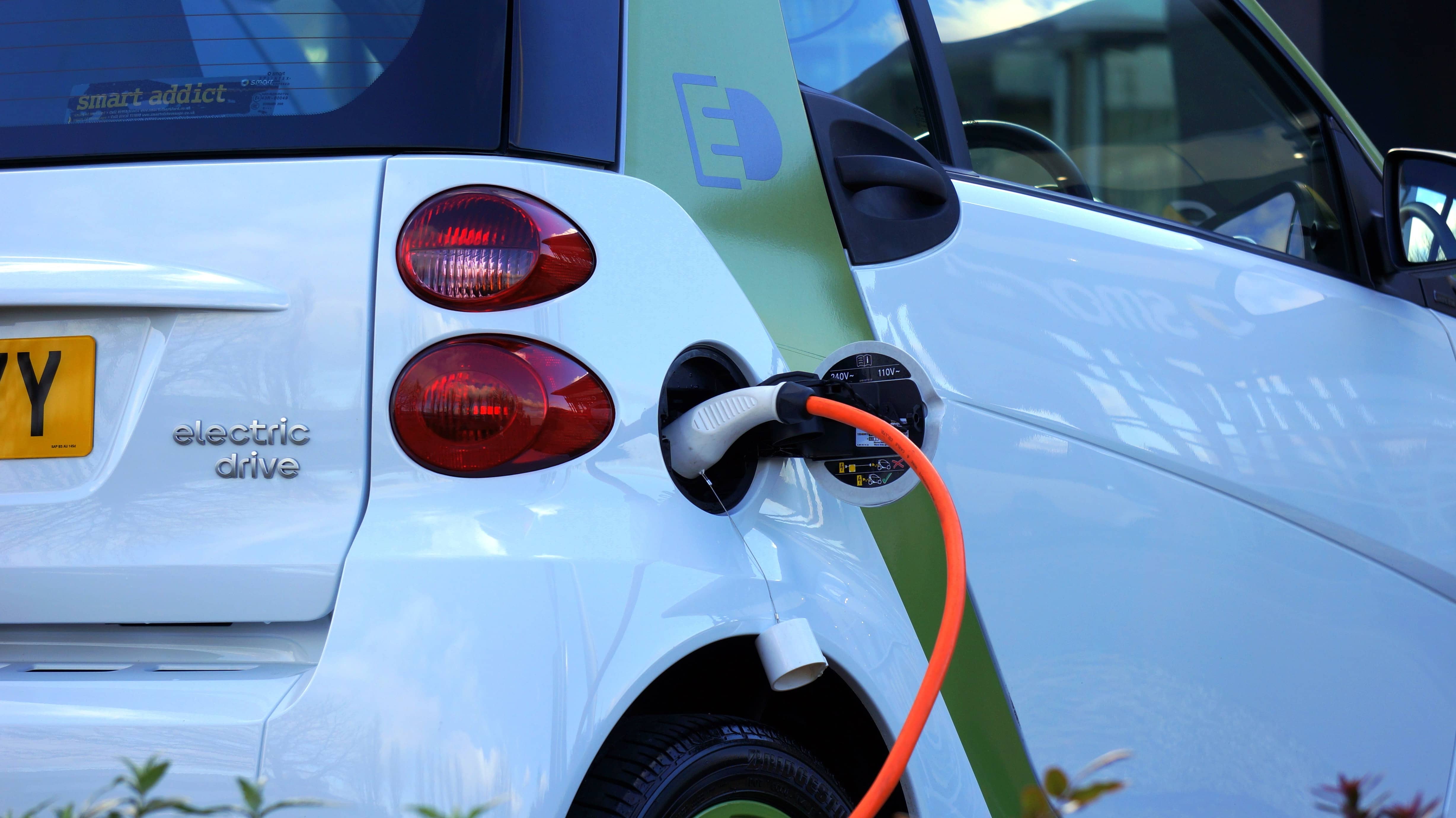
The political and technological challenges of future mobilities

Inventing the future of urban highways
“Dig, baby, dig”
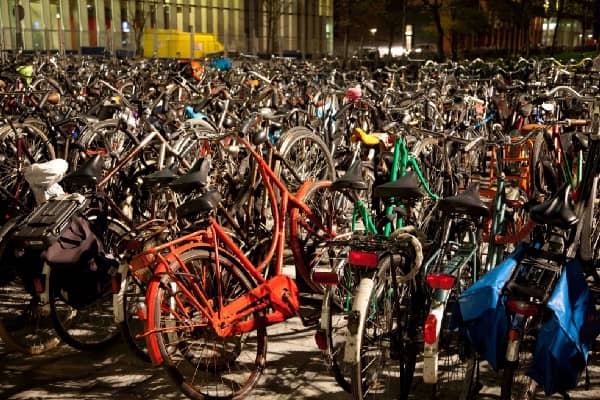
On foot or by bike? While Paris walks, Amsterdam pedals
La Fabrique de la Cité
La Fabrique de la Cité is a think tank dedicated to urban foresight, created by the VINCI group, its sponsor, in 2010. La Fabrique de la Cité acts as a forum where urban stakeholders, whether French or international, collaborate to bring forth new ways of building and rebuilding cities.





















